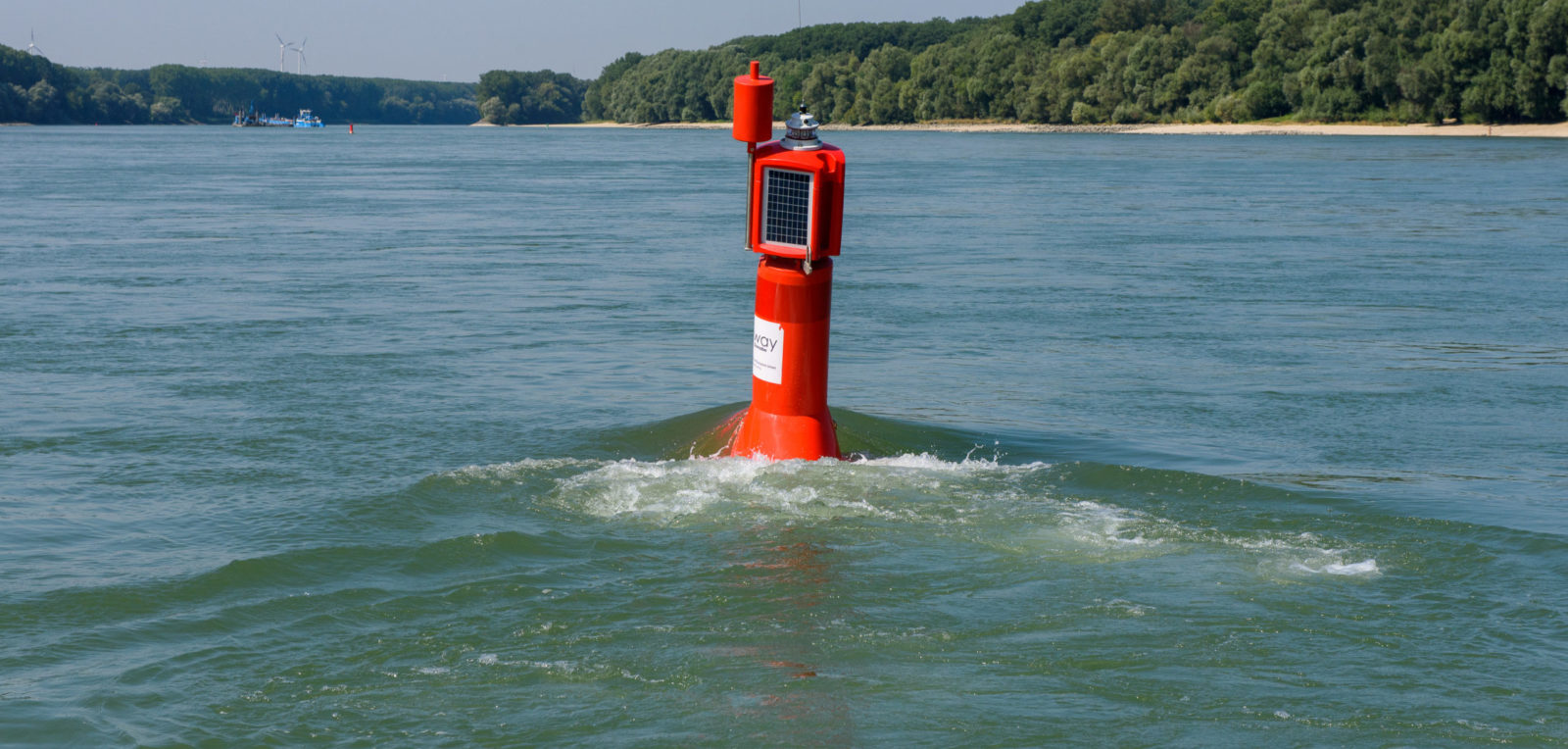Good navigation status
Defining good navigation status for better implementation
One of the objectives of the Trans‐European Transport Network (TEN‐T) is to ensure that European waterways are well integrated in the European transport system, promoting as much as possible inland navigation as a sustainable transport mode.
The TEN‐T Guidelines stipulate that, by 2030, navigable waterways of European interest have to achieve “good navigation status (GNS)”. However, the TEN‐T Guidelines of 2013 do not provide a definition for “good navigation status”.
Rivers and canals
The old TEN-T minimum requirements for inland waterways are 2.5m draught and 5,25m height under bridges year round. The hydro-morphological characteristics of free-flowing rivers do not always enable to meet these requirements year round. River commissions and waterway authorities therefore work with reference water levels.
The revision of TEN-T: non-deterioration and reliability
The new TEN-T regulation provides a framework for the development of sustainable and climate change resilient waterway infrastructure. It introduces a life cycle approach to avoid a lack of maintenance leads to new bottlenecks. Member states must ensure the good navigation status of waterways by respecting minimum infrastructure requirements and service levels which will be specified in detail by implementing act per corridor. The new regulation also contains a non-deterioration principle. Member States have to prevent the deterioration of the minimum requirements and prevent the deterioration of the current status of those parts of the network that already exceed those minimum requirements.
The deadline to achieve the core network for inland waterways is 31 December 2030.
Quality, performance and resilience for more reliability
The aim is to improve capacity where necessary, but above all quality, performance and resilience in a life cycle approach to guarantee reliability and predictability of the network. Digital support tools are increasingly important in this respect. Waterway authorities advocate that measures helping to achieve good navigation status and climate resilience remain eligible for EU funding and financing.



